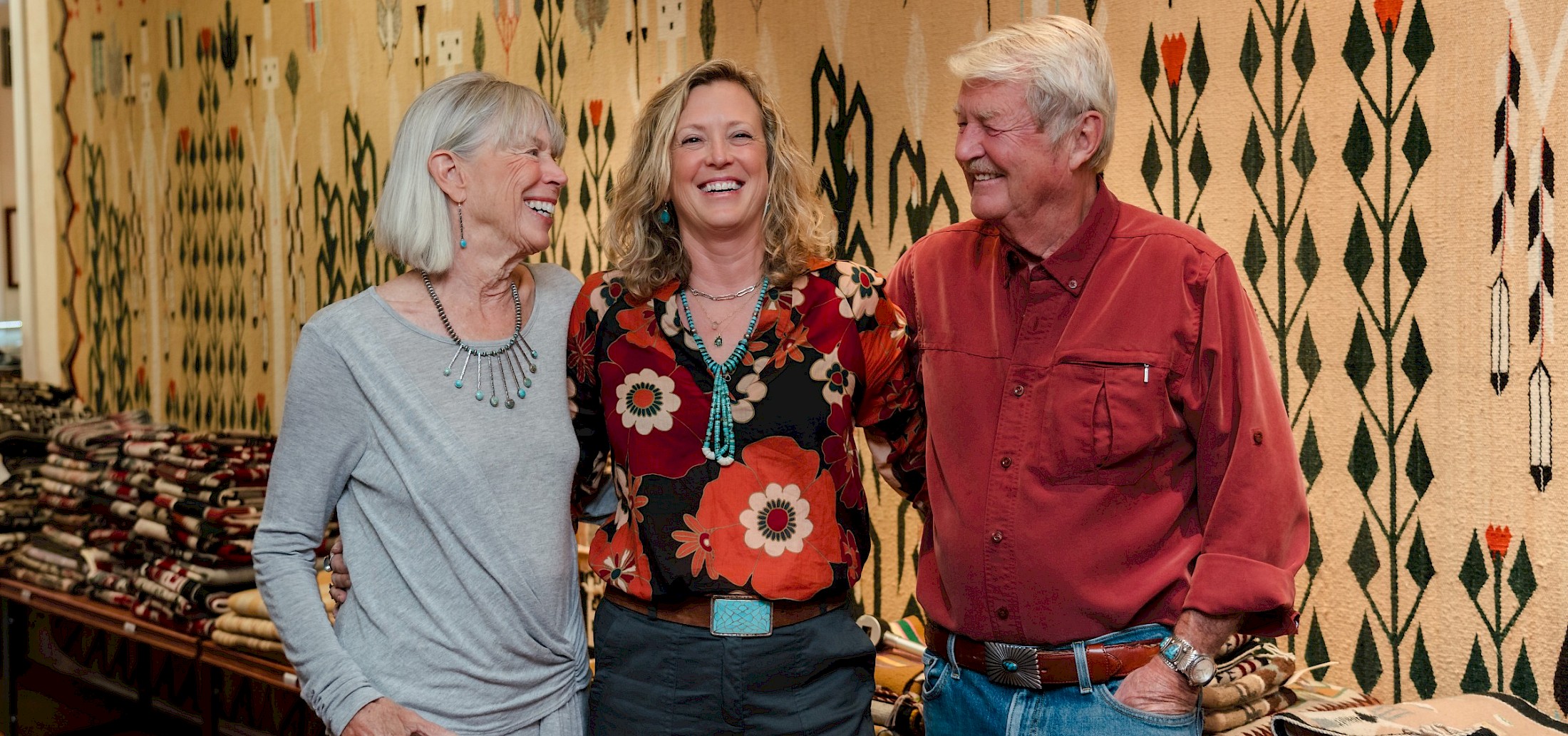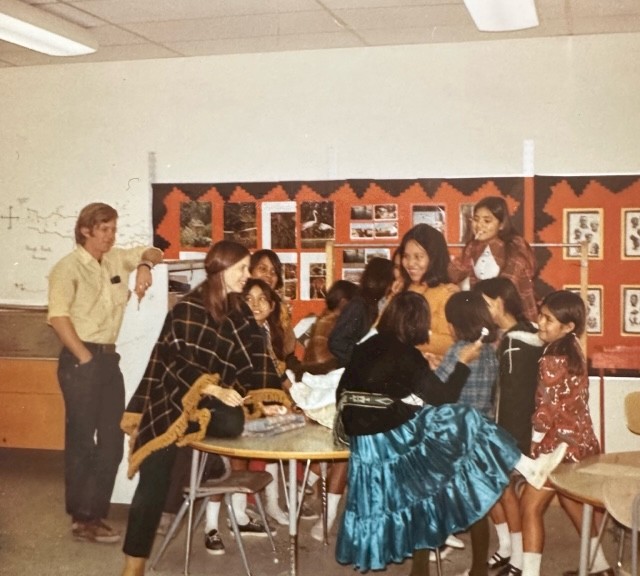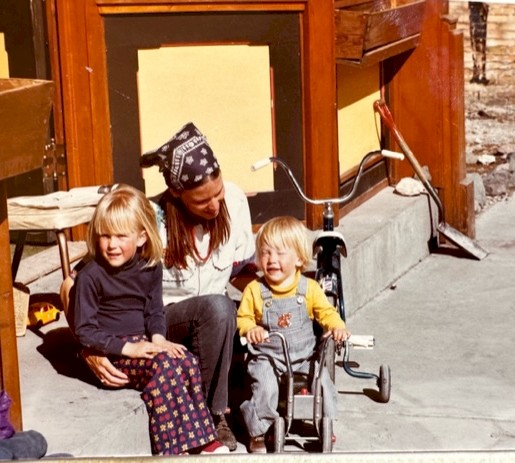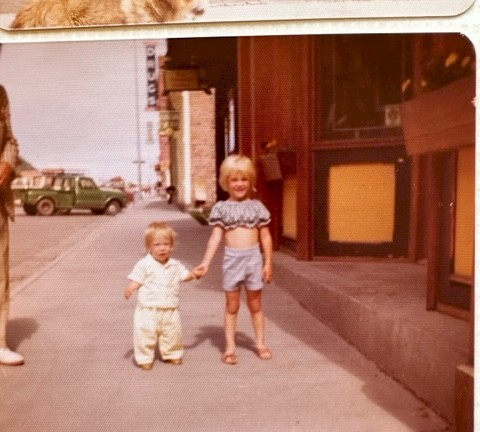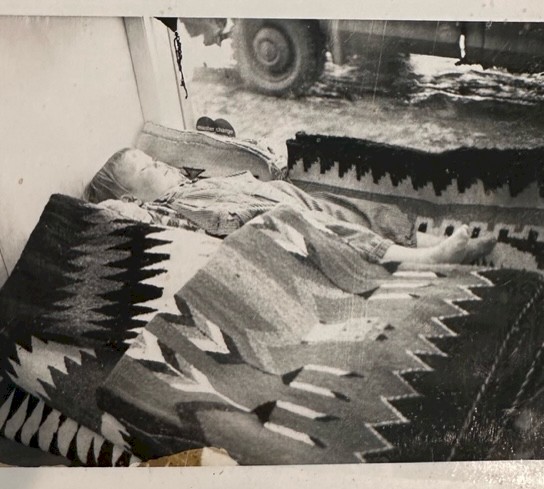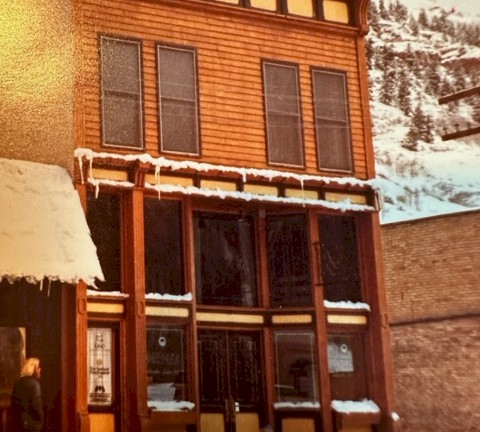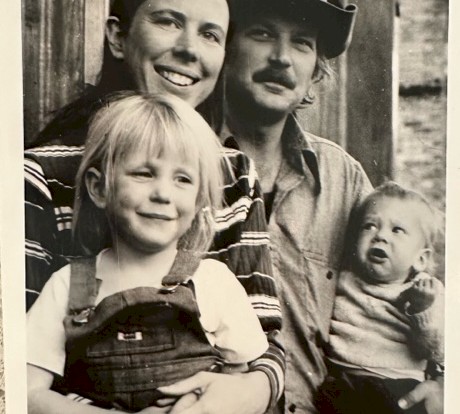More Than a Store: The Family Behind the Treasures at the Gordon Collection
By Jesse James McTigue
Corina Gordon sits opposite her father, Bill, in an alcove at the Gordon Collection. A handwoven Navajo rug hangs above. In the store’s front, the morning sun playfully bounces off the silver jewelry. The handcrafted items surrounding them — jewelry, rugs and baskets — make up the Gordon Collection, items Bill, with wife Ginny, started curating over 50 years ago.
In 1969, adventurous and newly married, Bill and Ginny settled in Rough Rock, an Arizona town in the Navajo Nation, where they found teaching jobs at the Rough Rock Demonstration School. Bill explains that it was the first American Indian-run school in the nation. The children were taught the first three years by a Navajo teacher and learned English as a second language. Then they took English classes from a teacher like Bill, who was assisted by a Navajo aide. “We were idealistic, young, white kids going out there,” he remarks. “We learned to practice a different culture, but the thing we learned is people are people everywhere.”
For Bill and Ginny, an unexpected outcome of this time was a deep appreciation of and connection to the culture, which was often expressed in art. Through the school and community, the couple met Navajo weavers and silversmiths. They were intrigued by the processes for silversmithing and, especially, weaving. Says Bill, “We saw the amount of work that went into weaving a rug and the meaning weaving has. We became interested in the connection Navajo women have with their loom.”
Bill came to understand weaving as a religious practice. He describes it as a way for Navajo women to maintain equilibrium in an unbalanced world. According to Navajo tradition, Spider Woman wove the web of the universe and taught the Navajo how to weave to create and spread beauty. “In Navajo life, you have a balance,” Bill says. “Weaving is a part of that. They put these patterns together and children learn weaving with their moms. It is a part of their life and religion — a part of the Navajo’s spiritual relationship with themselves.”
During their two years on the reservation, Corina was born and Bill and Ginny realized they “were more merchants than teachers.” Their quest became sharing Navajo art with a broader audience. After a brief stint in Nantucket, Bill explains, “we asked around about up-and-coming resorts and several people mentioned Tellu-something and rumors about cutting ski runs and snowcat skiing.”
In 1973, the Gordons moved to Telluride. They spent their first night in the New Sheridan Hotel and eventually moved to Ophir, where Bill helped reincorporate the town, ultimately becoming its mayor.
The Gordons built a building at 119 West Colorado Ave. and opened Gordon’s Indian Arts. Their second child, Jason, was born, then Darcie, their third. Corina remembers the store as an integral part of their childhood. “We lived in Ophir, so we’d spend a lot of time in the store,” she recalls. “We built a loft with a hide-a-bed, so we could stay in town when avalanches blocked the Ophir Road.”
The Gordons ran the store for 10 years, then found they could rent the space out for more than they generated selling art. Says Bill, “We forgot about a certain factor we needed to be successful: tourism.”
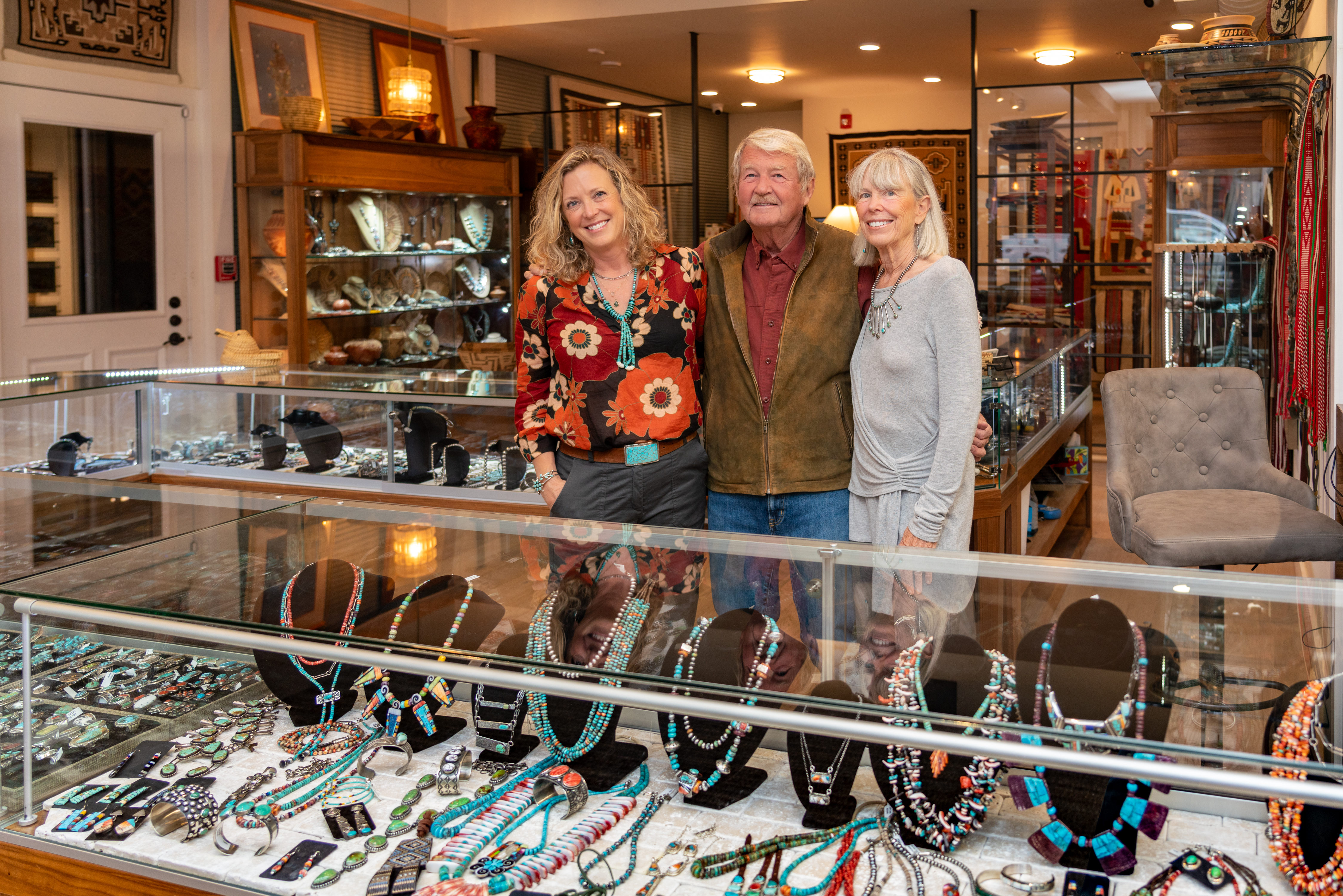
Over the next 40 years, the Gordons used their entrepreneurial spirit to start other businesses in the burgeoning ski town. Bill kept his connections to the Navajo Nation, though. In 2016, he reimagined his business concept with Corina and the pair opened the Gordon Collection at 220 East Colorado Ave. While others might point to the repeated patterns in Navajo weaving or Spider Woman’s desire to keep balance as possible themes in their return to retail, Bill says simply, “Ginny got tired of all the rugs in the living room and said you need to find another space.”
Visibly emotional, Corina notes, “I saw the opportunity to create something beautiful and special and feel incredibly passionate about carrying on what Mom and Dad created. We have connections with tribal groups and go to different trading posts and Indian markets. Several artists come directly to us. We are an outlet for Native American artists. I prefer to call it a gallery because of the authenticity and art aspect.”
Deadpans Bill, “I call it the rug shop.”
